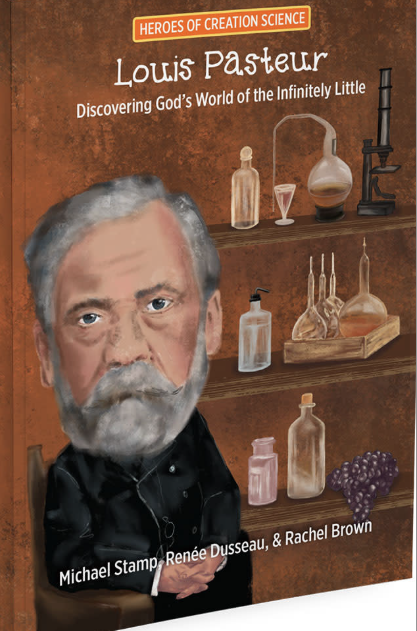Level Legend
 Children
Children Introductory
Introductory
 Intermediate
Intermediate
 Technical
Technical
Articles
The Creation Science Dialogueis a quarterly publication of the Creation Science Association of Alberta (CSAA). Subscription Information.
The Bible tells us that Moses was instructed in all the wisdom of the Egyptians. He used this training when he was called upon, later in life, to lead the Children of Israel through the desert and to write an account of their history. Obviously, Moses did not adopt the pagan philosophy in which his training in Egypt was couched. He evaluated what he heard.
In similar fashion, young Christians are encouraged to pursue modern learning, according to the talents with which they have been given. Like Moses too, they are expected to evaluate the modern explanations. In the light of the complexity of many modern disciplines however, it is obvious that students need help. They need trusted advisors to help them sort through the onslaught of information.
To this end, Creation Science Association’s Margaret Helder has developed a novel tool to assist students embarking on new courses in biology. Since much of the material taught in these courses is based on studies conducted since the year 2000, there are many new terms and concepts involved.All of them are defined in terms of evolutionary assumptions. The definitions available, on-line, all come from an evolutionary agenda. But the data themselves actually support creation! Read the rest of this entry »
There is no doubt that we are drawn to organization that involves hierarchy. Carl Linnaeus (1707-1778) famously devised a scheme for plant classification according to their reproductive characteristics. He established the idea of grouping organisms into a hierarchy of progressively shared traits. In his Systema naturae (1735) Linnaeus decreed that this logical organization of living things should involve increasingly larger categories. Thus, all similar individuals would be members of a species, similar species could be lumped into a genus. Similar genera were clumped into a family, similar families into an order, similar orders into a class, similar classes into a phylum or division. These groups were supposed to be exclusive. An organism was supposed to be a member of only one group. In Linnaeus’ view, this logical arrangement of organisms reflected God’s character and wisdom.
But all that changed with Darwin. Read the rest of this entry »









